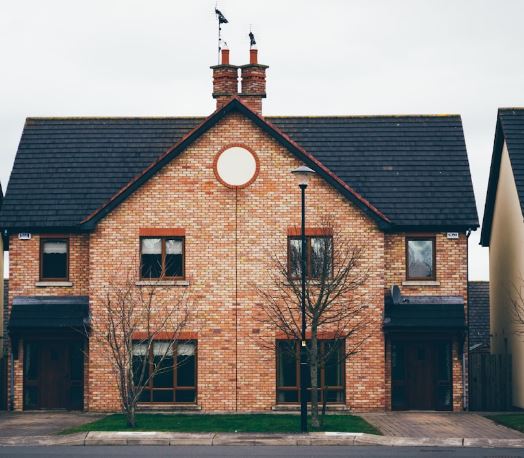How to Choose the Right Location for a Profitable Property Investment

When it comes to real estate, the old adage “location, location, location” remains as relevant as ever. Regardless of market conditions, the location of a property is one of the most significant factors that determine its value, rental income potential, and future appreciation. Even a beautifully renovated property can struggle to perform financially if it’s situated in the wrong area.
Choosing the right location requires careful research, market analysis, and a deep understanding of both current trends and future projections. Whether you’re a first-time investor or an experienced buyer looking to expand your portfolio, understanding how to evaluate a location effectively can make the difference between a wise investment and a costly mistake. Here’s how to choose a location that will maximize your profitability.
Understand Local Market Trends
Before investing in any property, it’s essential to research local market trends thoroughly. Markets can vary dramatically from one neighborhood to the next, even within the same city. Look for areas experiencing strong demand, rising property values, low vacancy rates, and robust rental yields.
Evaluate historical data on price appreciation, but don’t rely solely on past performance. Pay attention to economic drivers like job growth, new business developments, and population increases. These factors often signal that an area is poised for sustained growth, which in turn boosts property values over time.
Emerging neighborhoods, where infrastructure and development projects are underway, often present the best opportunities for early investment. However, they can also carry higher risk, so weighing the potential against your risk tolerance is crucial.
Prioritize Proximity to Amenities
Access to amenities significantly influences a property’s desirability. Properties near quality schools, public transportation, parks, shopping centers, and entertainment hubs are more attractive to both buyers and renters. These conveniences enhance the quality of life for residents and contribute to higher occupancy rates and faster appreciation.
Consider walkability scores, commute times, and neighborhood livability indexes when evaluating different areas. Locations that offer easy access to essential services and lifestyle perks tend to outperform less connected areas, even during market downturns.
Pay special attention to future developments as well. New transportation links, malls, or medical facilities can transform an area and drastically increase property demand in a relatively short timeframe.
Compare Yield and Capital Growth Potential
Investors must weigh two main financial benefits when selecting a location: rental yield and capital growth. Rental yield refers to the income you can expect from renting out the property, relative to its value. Capital growth pertains to the increase in the property’s value over time.
Some areas may offer high rental yields but limited potential for capital appreciation. Others may show promising long-term value growth but yield lower short-term rental income. The best investment for you will depend on your financial goals, risk profile, and investment timeline.
If you are focused on maximizing returns, you might consider strategies that blend high-yield properties with stable, appreciating locations. In the same way, savvy savers look for the best term deposit rates to maximize returns on their cash investments. Property investors must identify areas that provide the best combination of steady income and future growth potential.
Analyze Supply and Demand Dynamics
Understanding the balance between supply and demand in a specific area is critical. Oversupplied markets—where new developments are flooding the market with more properties than buyers or renters demand—can depress prices and rental returns.
Conversely, areas with constrained supply and growing demand often experience upward pressure on prices and rents. Factors like strict zoning laws, limited land availability, and historical preservation efforts can restrict new supply, making existing properties more valuable over time.
Keeping an eye on new building approvals, population growth rates, and vacancy statistics provides insights into whether a market favors buyers, sellers, or renters at any given time.
Investigate Crime Rates and Neighborhood Safety
Safety is a non-negotiable consideration for both homeowners and renters. Properties located in areas with high crime rates often struggle to attract quality tenants and can experience slower appreciation.
Research neighborhood crime statistics and trends carefully before committing to an investment. A neighborhood on the upswing, where crime rates are falling, can present a promising opportunity for capital growth. However, investing in persistently high-crime areas can lead to higher turnover rates, additional management headaches, and lower long-term returns.

Safety doesn’t just impact rental potential—it also plays a significant role in overall property valuation and resale prospects.
Choosing the right location for property investment demands a combination of research, market insight, and strategic thinking. By prioritizing strong economic fundamentals, proximity to amenities, safety, and future growth potential, investors can position themselves for lasting success. A well-chosen location doesn’t just yield immediate rental income; it provides the foundation for significant wealth accumulation over time. In real estate, as in finance, the smartest returns are built on a foundation of thoughtful planning and disciplined execution.






